Juki HZL-UX8 Bruksanvisning
Läs gratis den bruksanvisning för Juki HZL-UX8 (132 sidor) i kategorin Symaskin. Guiden har ansetts hjälpsam av 15 personer och har ett genomsnittsbetyg på 4.6 stjärnor baserat på 8 recensioner. Har du en fråga om Juki HZL-UX8 eller vill du ställa frågor till andra användare av produkten? Ställ en fråga
Sida 1/132

Attention
Please read this instruction manual before using
the machine as it contains important operational
and safety information.
Keep this manual accessible so that you may refer
to it at anytime while operating the machine.
INSTRUCTION MANUAL
COMPUTER SEWING MACHINE
HZL-UX8
EN
Produktspecifikationer
| Varumärke: | Juki |
| Kategori: | Symaskin |
| Modell: | HZL-UX8 |
Behöver du hjälp?
Om du behöver hjälp med Juki HZL-UX8 ställ en fråga nedan och andra användare kommer att svara dig
Symaskin Juki Manualer

8 Januari 2025

31 December 2025

31 December 2025

31 December 2025

21 Oktober 2024

21 Oktober 2024

18 Oktober 2024

14 Oktober 2024

5 Oktober 2024

1 Oktober 2024
Symaskin Manualer
- Micromaxx
- W6
- Stirling
- Easymaxx
- Jocca
- Siemssen
- Mio Star
- Weasy
- Kunft
- Victoria
- Hema
- Sinbo
- Tristar
- Baby Lock
- Essentiel B
Nyaste Symaskin Manualer
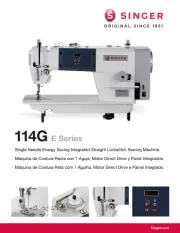
12 Oktober 2025
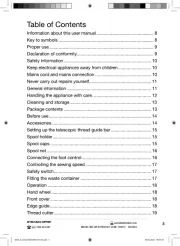
11 Oktober 2025
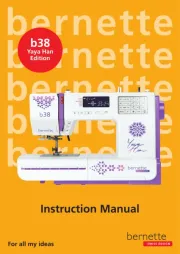
11 Oktober 2025
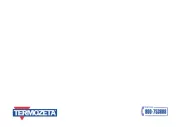
10 Oktober 2025
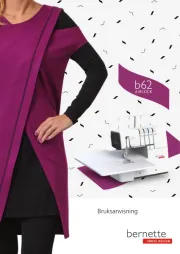
10 Oktober 2025
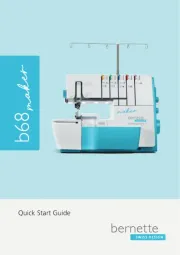
10 Oktober 2025
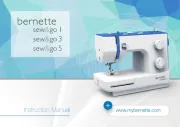
10 Oktober 2025
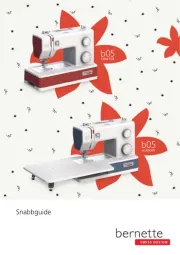
9 Oktober 2025
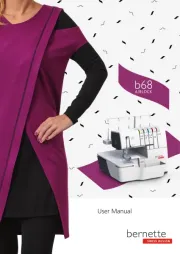
9 Oktober 2025
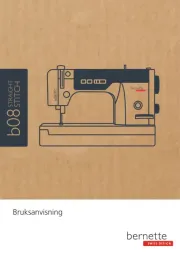
9 Oktober 2025